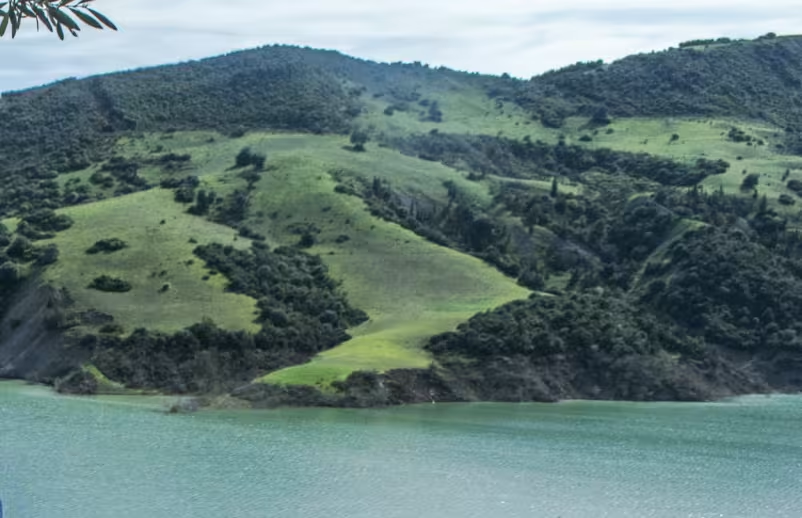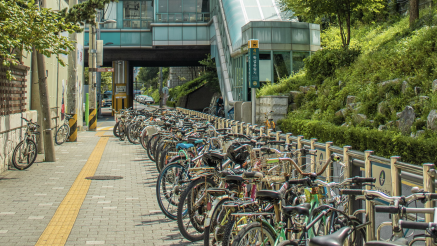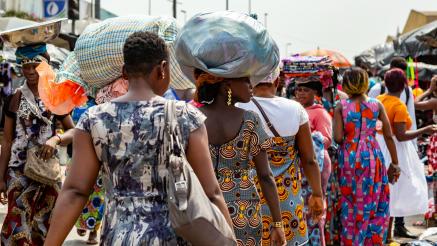
Bouinan participates in GEF-8 SCIP through the GPSC platform. The city integrates nature-positive, circular, and low-carbon planning into expanding urban areas and pilots solutions that can scale nationally. Activities emphasize integrated land-use planning, nature-based solutions, decarbonized infrastructure, and circular economy pathways aligned with planning cycles to attract blended finance.





